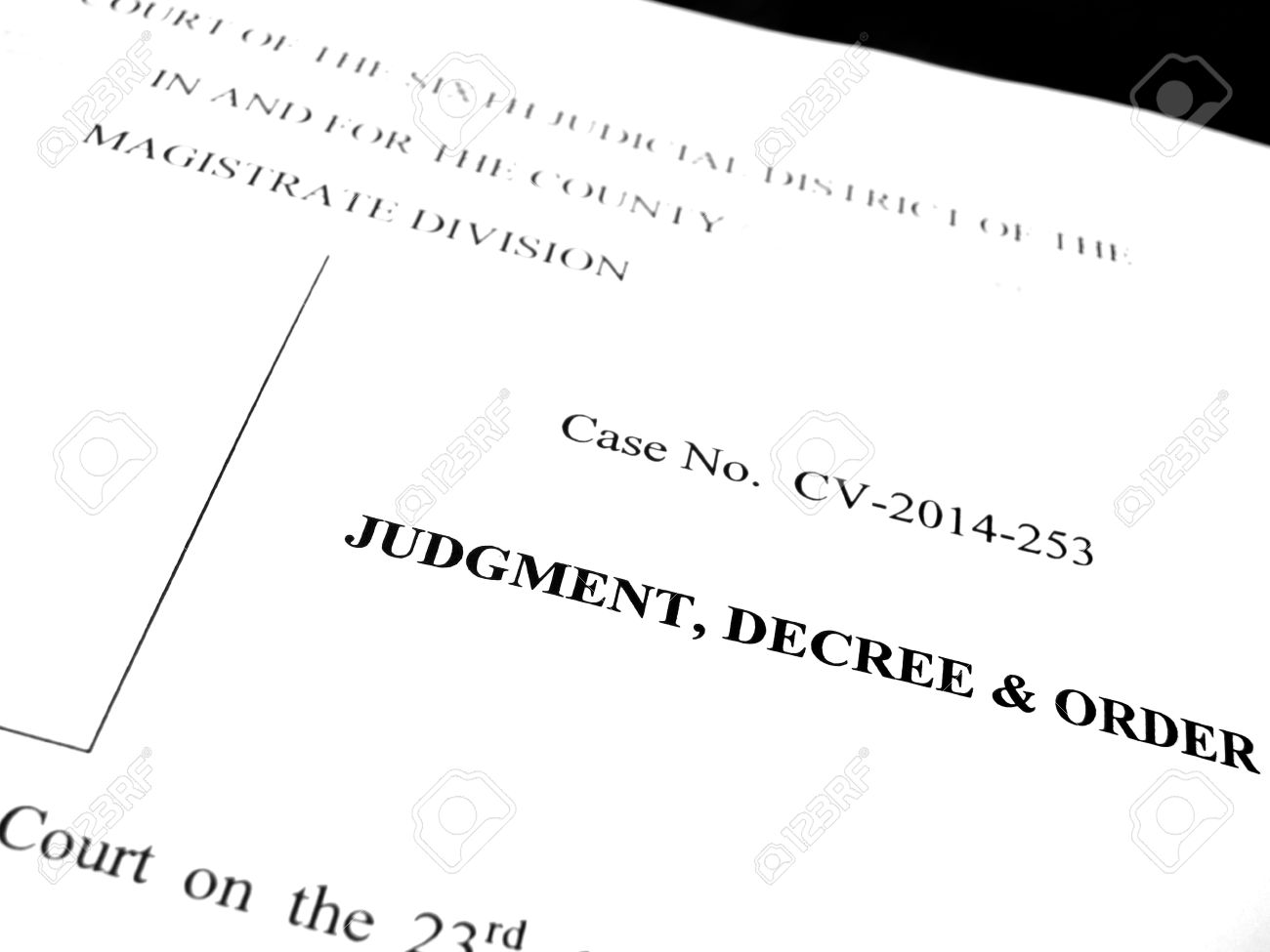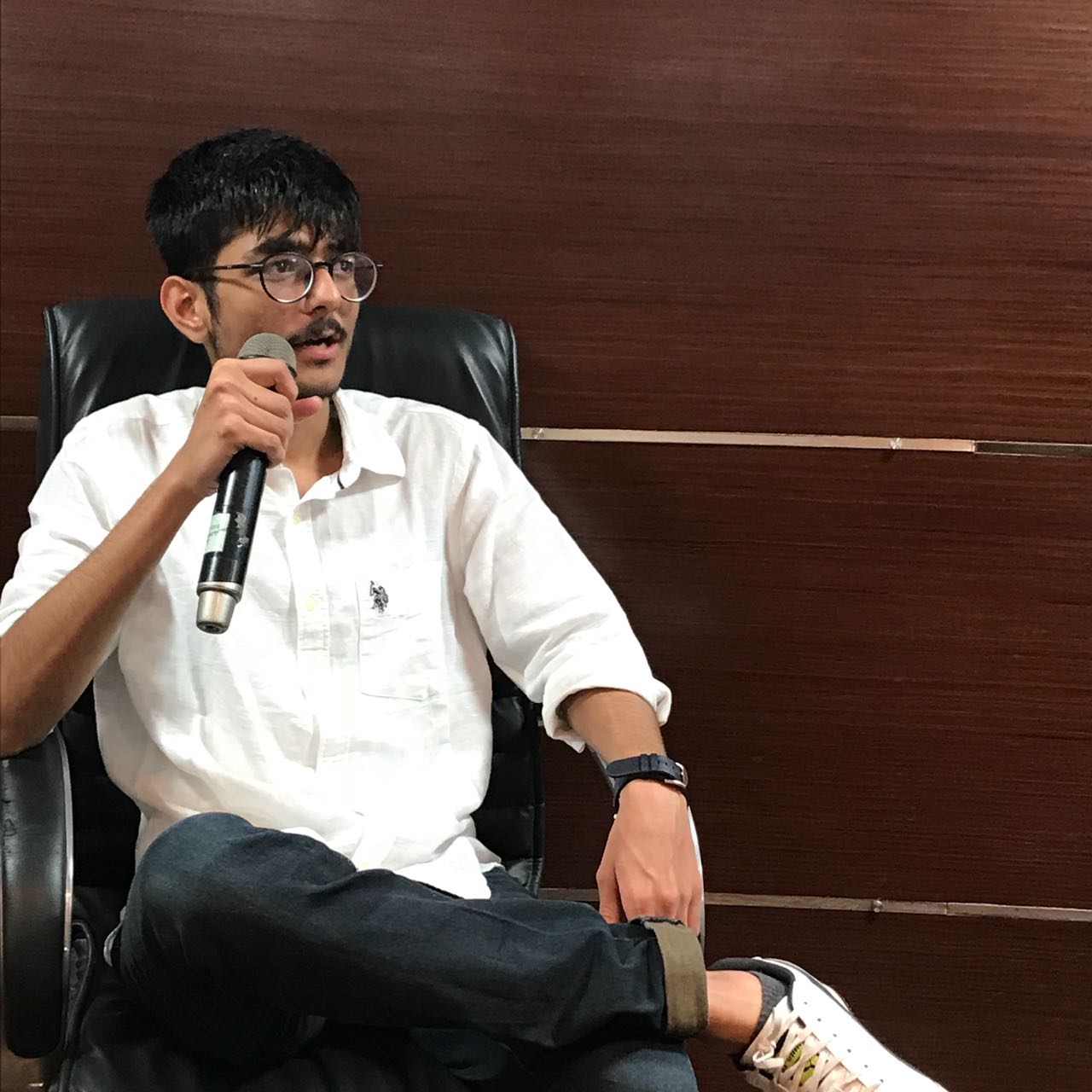The article is written by Shubham Choudhary of The West Bengal National University of Juridical Sciences of the Class of 2023. The author has discussed the Public Interest Litigation, how it has developed during the years and what are its features and principles behind PIL.
Origin and Development
The concept of Public Interest Litigation has developed back in the 1960s in the United States. It was destined to represent the unrepresented and their legit interest. It was now recognised that in the society there are many people whose rights have never been represented in the court and these sections were continuously exploited. Some of these sections are poor people, consumers as a whole, racial and ethnic minority people and many more oppressed groups. The common terms for PIL are Social Action Litigation (SAL), Social Interest Litigation (SIL) and Class Action Litigation (CAL).
In India, the seed of Judicial Activism was sown by Justice Krishna Iyer in the case of Mumbai Kamgar Sabha, Bombay v M/S Abdulbhai Faizullabhai & Ors in 1976 and later on P.N. Bhagwati became the pioneer in the field.
Concept of PIL
The concept of PIL was introduced by relaxing the traditional rule of locus standi. According to Locus Standi, the only person whose right has been infringed can come to court for claiming infringement of his right and to claim remedies for any such breach. By this rule, many sections of society who are unable to seek judicial remedy were left out due to poverty, ignorance or any of the socio-economic reason. To cover these sections the concept of Public Interest Litigation was introduced, in this any public-spirited citizen can come to court, fighting for their rights and to redress their problems, this comes as a saviour for people who were till now ignorance of their rights or cannot approach court due to any other reason. This opened the floodgate of socio-economic issues that were there but due to locus standi, no one was addressing.
In the letters of Supreme Court “a legal action initiated in a court of law for the enforcement of public interest or general interest in which the public or a class of the community have pecuniary interest or some interest by which their legal rights or liabilities are affected” in the case of Janata Dal v H.S. Chowdhary in 1992.

The role PIL becomes important when delivering justice to the people standing on the last lane of poverty and means of livelihood. This becomes instrumental in achieving objectives of constitutional freedom and justice. The broad terms, the purpose of PIL can be put into words as:
- Vindication of rule of law, by this we won’t be acting to follow rule of law, but the rules are to be followed to ensure justice to the people.
- Ensuring access to justice to economically and socially weaker section of the society, which were previously not entitled due to lack of resources and rule of locus standi that didn’t allow people to stand for others right.
- Finally, a way of realizing the fundamental rights of all people and creating courts more accessible for seeking justice.
Features of PIL
The following are the features of Public Interest Litigation:
- PIL is considered an important tool in the hands of forerunners of Legal Aid Movement. It contributes immensely in delivering justice to masses who are standing last in the line of democracy.
- PIL is altogether a different field than traditional litigation claiming against the government or any other party seeking relief, but now in PIL, one person who has no interest in a claim is fighting for other rights.
- The purpose of PIL is not to enforce any individual rights but to serve a bigger interest by promoting the interest of masses and to do justice in public interest.
- PIL essentially deals with people who are ignorant of their rights or socially backwards who don’t have means to fight for their claim and their voice need not to go unnoticed.
- The concept of PIL is based not on individuality but on co-operative efforts of the petitioner, the state and any other public authority to ensure proper justice towards the weaker and vulnerable section of the society.
- The ideal behind PIL is to redress public injury by enforcing public duty, protecting social and collective interest and rights of marginalised people.
- In PIL cases, the court becomes more assertive and took active interest as opposed to what it was doing since years and become more creative in nature for assuming responsibilities.
- PIL cases are little flexible in nature rather than what is used to be in a traditional case, but whatever method they follow must conform to basic tenets and characteristics of Judicial Proceedings.
Scope of PIL
In 1998 and amended in 2003, the Supreme Court set guidelines for Public Interest Litigation to be entertained via letters or petitions. The following guidelines can be understood as follows:
- Bonded Labour matters: these are one of the most marginalised section of the community and cannot go to court for many reasons like out of fear, lack of knowledge. Thus, the Supreme Court in their list made them top priority.
- Neglected Children: these are children who are been abandoned by their parents on roads, streets or elsewhere. These children have no means of survival are easy to abuse.
- Non- Payment to minimum wage workers and exploitation of casual workers and complaints of violation of Labour Laws. These people’s interest is also served by the court by PIL, however, these should be in community, no individual case would be heard.
- Petitions from jail complaining harassment, for pre-mature release and seeking release after having completed 14 years in jail, death in jail, transfer, release on personal bond, speedy as a fundamental right. These become important because these are in direct contrast with the state’s authority and exploitation of them seems reasonable.
- Petitions against police authorities for refusing to register a case, harassment by police and death in police custody. These are the places where exploitations are high in number and there is no redressal for exploitation in these places.
- Petitions against atrocities on women, in particular, harassment of bride, bride burning, rape, murder, kidnapping etc. These are problems which have existed in our societies since centuries and it is important to curb them.
- Petitions complaining of harassment or torture of villagers by co-villagers or by police from persons belonging to Schedule Caste and Schedule Tribes and economically backward classes. These people have been harassed by society and are badly exploited, their interest is long-standing been unrecognised.
- Petitions pertaining to environmental pollution, disturbance of ecological balance, drugs, food adulteration, maintenance of heritage and culture, antiques, forest and wildlife and other matter of public importance. These problems are not generally affecting any single individual and but to the society as a whole and it is now time that the court has started taking an active interest in solving these problems.
- Petitions from riot-victims. At this situation, these are highly vulnerable to being threatened and killed.
- Family pension. These are the social obligation and many of lives are depended on it and the court decided to take through PIL.
These are the matters that the court decided to take through PIL but there are some issues which the court have expressly decided not to take. These issues are:
- Landlord-tenant matters. The court decided that this is a personal matter which doesn’t have anything to do with the public interest.
- Service matter and those pertaining to pension and gratuity. The court has decided these don’t concern public issues and it is not within the court to take a matter of public interest.
- Complaint against Central/ State Government departments and Local Bodies except those relating to items numbers. One to ten mentioned above. The courts have expressly declared it won’t entertain any matter other than these circumstances.
- Admission to medical and other educational institution. The courts have raised their hands by not interfering in these matters.
- Petitioners for early hearing of cases pending in High Courts and Subordinate Courts. Though this is a call of the hour, the court can’t take these issues as PIL.
Principles of PIL
In the case of Guruvayur Devaswom Managing Committee v. C.K. Ranjan in 2003, the Supreme Court has evolved several principles with respect to PIL:
- The Supreme Court and High Court under the power vested under Article 32 and 226 respectively can entertain any plea in respect to any disadvantaged section of the society who is not in a position to come to court because of his disadvantaged position but a societal interested person can come to court fighting for their rights.
- Whenever there is an issue that involves a large number of people involving violation of their fundamental rights, the court can take action on based on any letter or telegram, therefore court relaxes with the procedural laws for ensuring justice as soon as possible.
- Whenever there is a violation of human rights of a large number, it is the duty of the court to cite principles mentioned in Article 14 and 21 and wherever possible International Convention on Human Rights for ensuring no violation happens again.
- The long-standing rule of locus standi was now on the back seat, the court relaxed the rule and started looking complain by people on behalf of poor, illiterate and marginalised people who cannot stand on their own foot for the right cause.
- Once the court is satisfied whether prima facie or otherwise, then the court will not allow other parties to raise questions on the maintainability of the suit and the decision of a court to take the matter in its hand.
- There is no complete denial of fact there is no applicability of procedural laws, but courts decided to be flexible in these rules. The principles of res judicata and principles analogous would be applied demanding the nature of the petition and if the court deems it fit.
- The court won’t entertain any petition that purely deals with two private parties and there is no role of public authorities.
- If any person has moved towards the court in his personal interest and for his personal grievances, the court can take a holistic outlook while treating the matter and grant remedies that are beneficial for the public good.
- The court has the power to appoint a commission if it deems that it is necessary to investigate more on the matter or require professional suggestions from that committee.
- It is the duty of the courts to not to step out of their limits and acts in an unjust manner. However, if the court feels that it is necessary for doing complete justice, the court can act in any manner if they deem it necessary.
- In normal course the High Court should not entertain writ petition in the form of PIL, questioning the constitutional validity of a law or any other statutes.
Conclusions
Public Interest Litigation has changed the face of litigation and has made a completely different method to do justice in society. It has made citizens responsible enough to act on part of those who can’t act on their own. It is has done as a complete makeover of the judiciary and restructure the way people are approaching the justice delivery system. It made people rethink of moving towards the court for enforcing any particular right. The court has now decided to even relax the procedural laws that made justice easily accessible to people. With the emergence of PIL, there is growth in the number of social activists that have emerged and are now dealing with the judiciary for proper enforcement of people’s right.
The extraordinary remedy is now available to citizens at no cost, all one has to do is to inform the Courts about the violation of their rights, this can be done even by letter or telegram and no need to worry about anything, it will now be a problem of the judiciary to deal with it.
 Serato DJ Crack 2025Serato DJ PRO Crack
Serato DJ Crack 2025Serato DJ PRO Crack










 Allow notifications
Allow notifications



